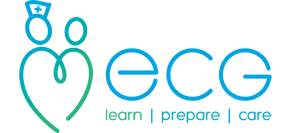I recently joined ECG as a full-time Clinical Trainer, which has given me the excellent opportunity to draw upon my experience as both a Paramedic and Resuscitation Officer.
Helping delegates to achieve a greater understanding and confidence in Basic life support (BLS), could not have greater potential to make a positive difference to patients and indeed the wider public.
When training delegates from diverse clinical backgrounds, it is often the case that the only direct exposure to resuscitation is through regular, mandatory training. Of course, identifying clinical deterioration and preventing cardiac arrest are the key aspects in the Hospital setting. However, in a community setting, this may be unattainable and indeed the need to react to a sudden emergency needs to be addressed as paramount.
Currently, survival rates for out of hospital cardiac arrest do not compare that favourably to other developed countries. For example, the survival rate in Norway is approximately 25%, compared to a national average of 7% for the UK. It is estimated that if we could increase this average by only 5%, we could save approximately 1250 lives per year.
If, as a national community, we are to significantly improve these outcomes then education, training and instilling the ethos to act confidently and early are fundamental. It is this concept that always informs my training and is exemplified through the “Chain of Survival” concept, first coined by the American Heart Foundation in 1991.
It is the first three links in this chain that are central to Basic Life Support; Early identification and call for help (999), early Cardio-pulmonary resuscitation (CPR) and early defibrillation with an Automated External Defibrillator (AED). The fourth link, early advanced care, begins when the Ambulance arrives with an advanced practitioner. I always impress however, that it is the first three links in out of hospital cardiac arrest that can make the difference. Indeed, not to diminish my profession, but if the first three links are not acted upon, all the advanced care in the world can arrive at scene but will not achieve a positive outcome!
It is with these core considerations in mind that I always try and highlight the benefits of “Basic” life support. As an advanced life support clinician, it would be very easy to denigrate and demean other clinicians and members of the public’s reticence and unease with the basics of resuscitation. However, recognition that exposure to the reality of resuscitation will be very limited, is required to allow delegates to feel comfortable asking questions, practicing as much as possible and understanding the benefits of acting and reacting quickly.
In fact, whenever I feel I have heard all the questions about possible cardiac arrest scenarios, then up pops a question that nobody could predict! I really like to encourage this, as it suggests to me that the group are comfortable to challenge and engage, which will only lead to a better outcome.
The skills required for effective BLS are not difficult to learn, however having the confidence to perform them in a real situation are vital. This is exemplified in the use of an AED for defibrillation. Although all AEDs are designed to be used by non-trained people, the fact that they “shock” the patient is, understandably, unfamiliar and alarming. However, once people are given the chance to see how they work using a training model and can ask all the questions they ever had about shocking a patient, this caution is generally alleviated. Furthermore, this is further supported when people understand how safe and effective, they are. For example, if a defibrillator is applied and used within three minutes, for a patient that requires a shock, the chance of survival can be as high as 74%. Given that for every minute that a patient that requires defibrillation, if a shock is not given, the chances of survival decrease by 10%, the impact of early AED usage can be huge.
Keeping in mind, always, peoples differing experience and clinical skill level, and ensuring that focus and clarity is maintained on the core aspects is intended to engender the confidence to potentially make a life saving difference. Indeed, the only thing that is guaranteed to make a cardiac arrest situation worse, is to do nothing.
Written by James Calvesbert (ECG Clinical Trainer), Friday 31st July 2020
You can follow ECG Training at: https://twitter.com/ECG_MK

